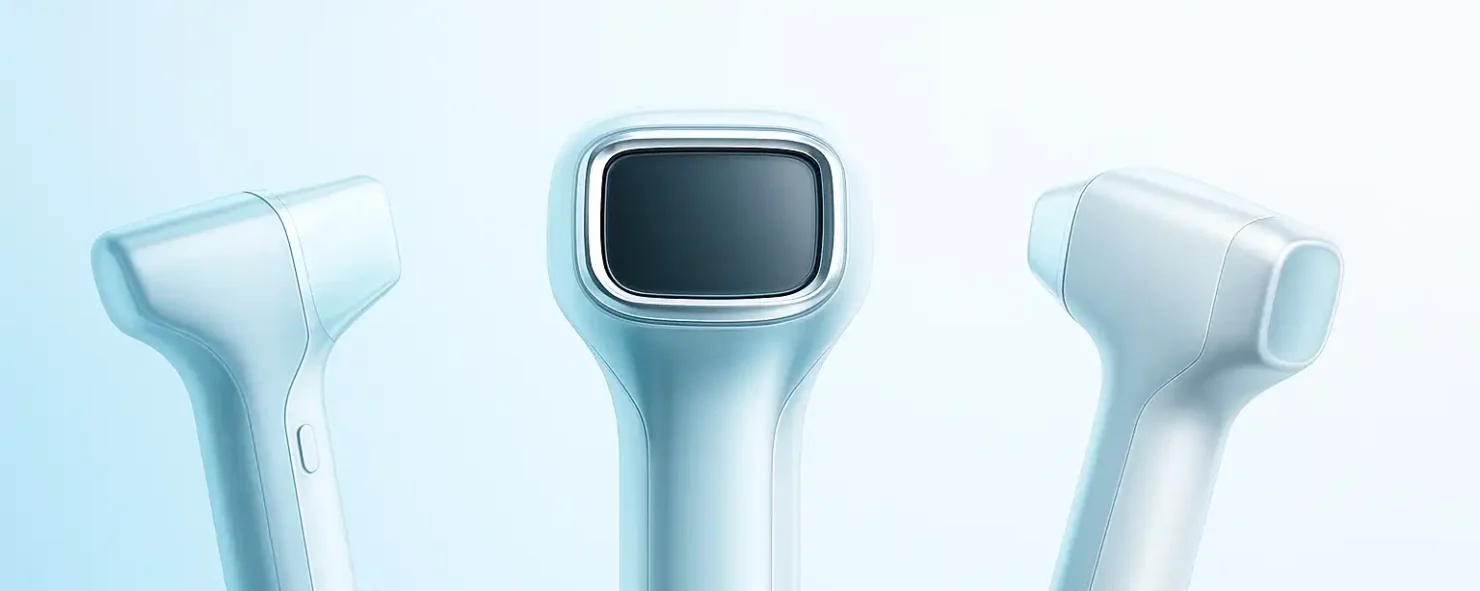
Accelerating Early-Stage MedTech Design with Generative AI
Generative AI is gaining significant attention across industries, and MedTech is no exception. While some tools may still feel like entertaining curiosities, others are starting to make a real impact. Tasks that once took skilled professionals hours to complete can now be accomplished in a matter of minutes. In this post, we explore how generative AI is helping accelerate concept development and making the creative process more accessible during the early stages of Medtech design.
Medical device innovation requires a careful balance of creativity, compliance, and speed. As timelines tighten and cross-functional teams become more integrated, the pressure to iterate quickly without sacrificing quality is higher than ever.
Generative AI offers a compelling solution. Tools like Vizcom, KreaAI, ChatGPT, and Midjourney are now being used by designers, engineers, and project managers to visualize ideas, transforming the early concept phases in MedTech design.
Two Types of Generative AI Tools in MedTech
Generative AI tools fall into two broad categories in the context of concept development:
- Language based tools (ex. ChatGPT, Midjourney) rely on written prompts to generate ideas, text, or imagery. These are ideal for people who are uncomfortable with sketching ideas and would prefer to describe an idea via text.
- Sketch based tools (ex. Vizcom, KreaAI) allow users to draw rough outlines that the AI refines into high-fidelity images. This is particularly powerful for med device teams, where even a crude drawing can instantly be elevated into something concrete and reviewable.

What this unlocks for stakeholders
Generative AI makes early design more accessible to all team members, unlocking value from everyone around the table.
- Designers can more quickly explore a broader range of form factors and aesthetics.
- Engineers can visualize early mechanical concepts and share them with non-technical teammates.
- Project managers can visualize concepts instead of only describing them.
- Clinicians can translate hands on experience into quick sketches or prompts making workflows, pain points, and functional needs immediately visible.
Faster, smarter brainstorming session
Traditional brainstorming sessions are often filled with sticky notes, arrows, and abstract ideas that need to be decoded or interpreted later. Valuable concepts can get lost in translation, and momentum often fades by the time the team transitions from ideation to action. The actual design work may not begin until days or even weeks later, once the ideas have been reviewed, refined, and translated into a tangible direction.
Generative AI can eliminate that delay altogether.
Teams can now:
- Start with a whiteboard sketch or sticky note doodle.
- Feed it into Vizcom or Krea for near instant rendering.
- Iterate live during session with immediate visual feedback.
These AI enhanced sessions cut down dead time between meetings and help teams reach consensus earlier. This can be particularly helpful when dealing with time-constrained surgeons and clinicians. Everyone sees the same thing so misunderstanding and misaligned expectations drop dramatically.
Real Life Example
Below is a screen capture of Vizcom transforming a simple sketch into a polished design concept in a few moments. Starting with a simple sketch and a prompt, a medical cart with an articulating arm is rendered. Two additional prompts generate animations that provide a 360-degree view and a sense of scale.

This kind of immediacy makes the design session feel more like a build session. The output isn’t a vague list of ideas; it’s a more detailed concept everyone can evaluate and act on.
Democratizing the Process
Perhaps the most interesting aspect of generative AI is how it shifts design from a specialized function to a shared process. Instead of handing off ideas to be interpreted later, teams can co-create concepts in the moment. Engineers, clinicians, and project managers can now actively shape the design not as reviewers, but as contributors.
This collaborative approach leads to:
- Broader idea generation
- Fewer rounds of interpretation and rework
- Earlier identification of usability and technical risks
- Stronger shared ownership of the final concept
- More time to explore “edge” ideas that might not normally be prioritized due to time and budgetary constraints
The result is better outcomes, faster and more aligned with the project goals.
Conclusion
Generative AI doesn’t replace human expertise; it amplifies it. In the context of MedTech innovation, where precision, creativity, and collaboration are critical, these tools serve as powerful catalysts. By transforming whiteboard sketches, napkin drawings, or even casual verbal exchanges into tangible, reviewable concepts, generative AI helps bridge the gap between imagination and implementation.
This enhancement enables teams to move with greater speed and clarity, reducing friction in the early stages of product development. Brainstorming becomes more dynamic, concept iteration becomes faster, and cross-functional collaboration becomes more seamless. Ultimately, generative AI empowers MedTech professionals not only to work more efficiently, but to explore bolder ideas and arrive at smarter solutions together.
TL;DR
- Generative AI tools like ChatGPT, Vizcom, and KreaAI are helping MedTech teams accelerate early-stage product design.
- These tools enable faster concept iteration from whiteboard sketches, verbal prompts, or napkin drawings.
- Designers, engineers, project managers, and clinicians can now co-create and visualize ideas in real time.
- Live prototyping sessions reduce misalignment, speed up decision-making, and bring stakeholders onto the same page earlier.
- Rather than replacing expertise, generative AI enhances creativity, alignment, and execution during the concept phase.
Lane Stith is an Industrial Designer at StarFish Medical with a background in industrial design from Virginia Tech. He is passionate about developing thoughtful, user-centered medical products that improve patient care through purposeful design.
Images: StarFish Medical